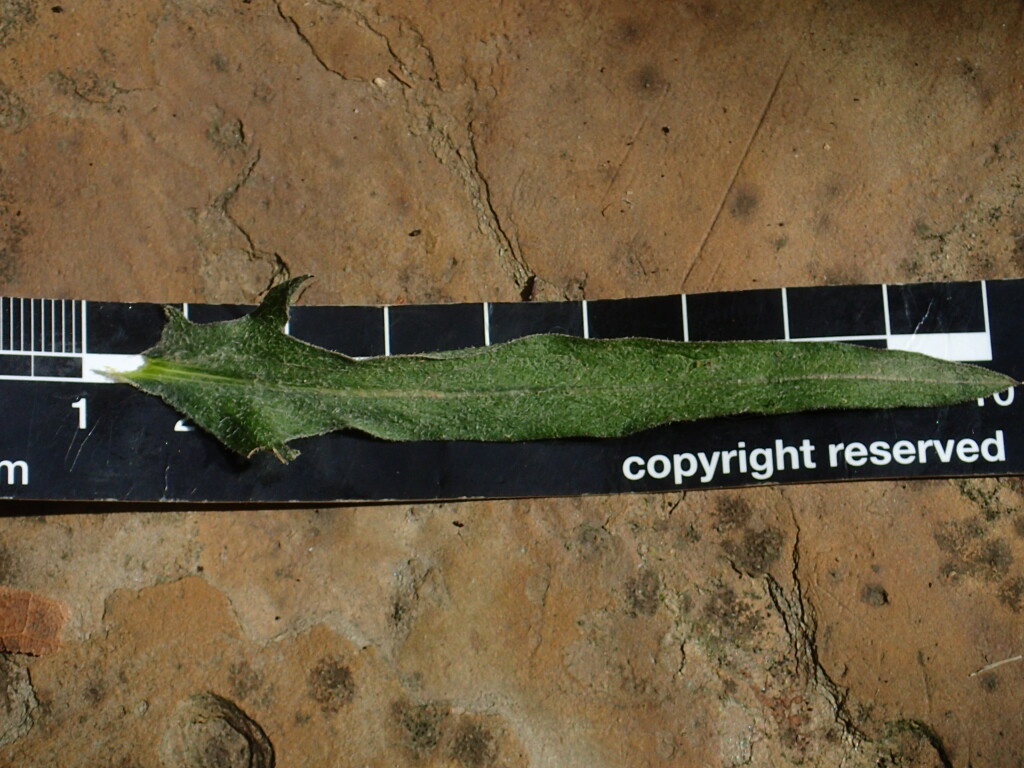Centaurea jacea
L. Brown KnapweedAscending, rhizomatous perennial to 1.5 m tall. Basal leaves oblanceolate or elliptic, to 25 cm long and 2.5 cm wide, entire to pinnatifid, acute, surfaces pubescent to scabrous, petiolate; cauline leaves linear to lanceolate, 1–8 cm long, 2–10 mm wide, entire or sparsely toothed, acute, sessile. Capitula solitary, broad ovoid, 15–18 mm diam.; involucre 10–15 mm long; intermediate involucral bracts lanceolate to ovate, tomentose to glabrous, with a light brown, irregularly lacerate, terminal appendage 3–5 mm long; inner involucral bracts longer. Corolla 15–20 mm long, purple (rarely white in overseas material). Cypselas 2.5–3 mm long, pale brown or grey, obscurely ribbed; pappus absent. Flowers summer and autumn.
HSF. Known in Victoria from a 1920 collection from Neerim North, and a 2007 collection from the Dandenong Ranges.
Centaurea jacea is part of a species complex that includes C. nigra, also naturalised in Victoria. Taxa in this complex readily undergo hybridisation to form a multitude of fertile hybrids of intermediate morphology, including the Victorian C. ×moncktonii. In Victoria identification of taxa in the group is much simpler than in the northern hemisphere where it is complicated by greater diversity of taxa and a large extent of morphological continuity between taxa.
 Spinning
Spinning

